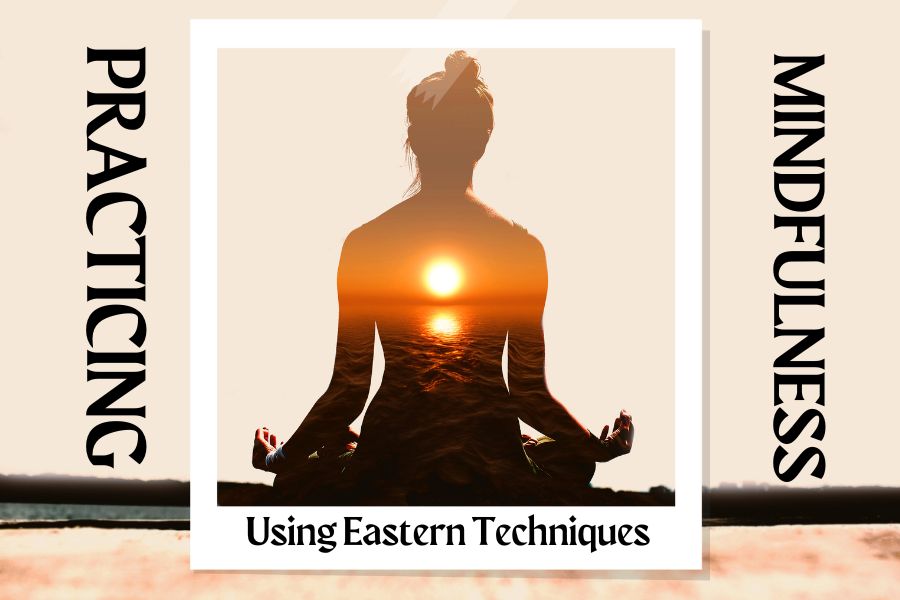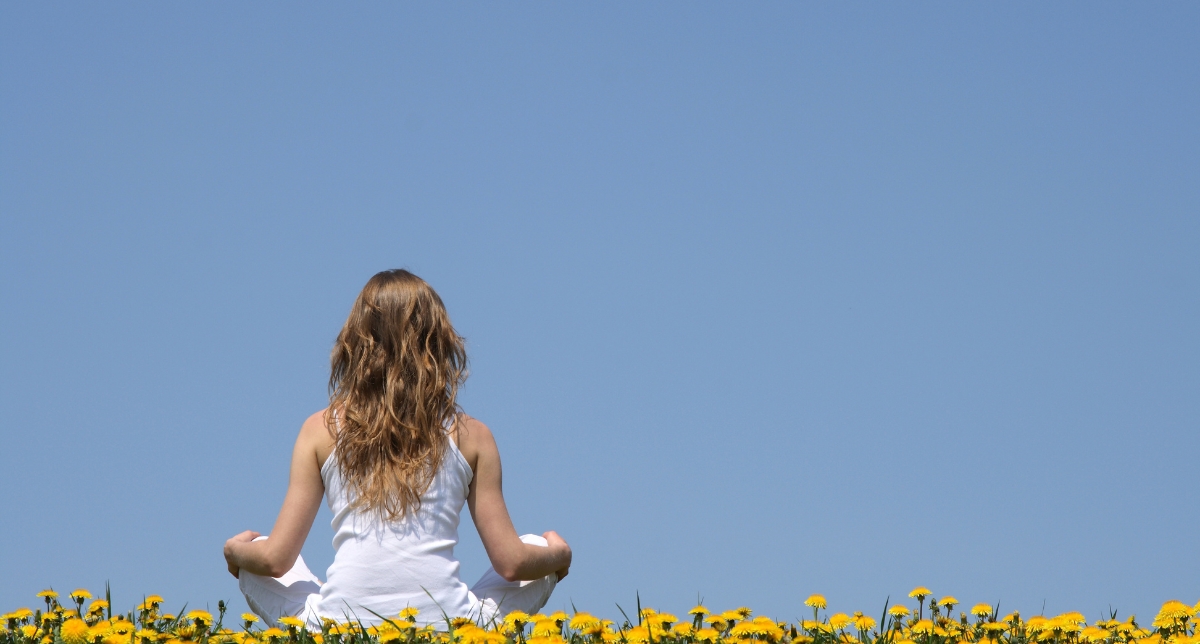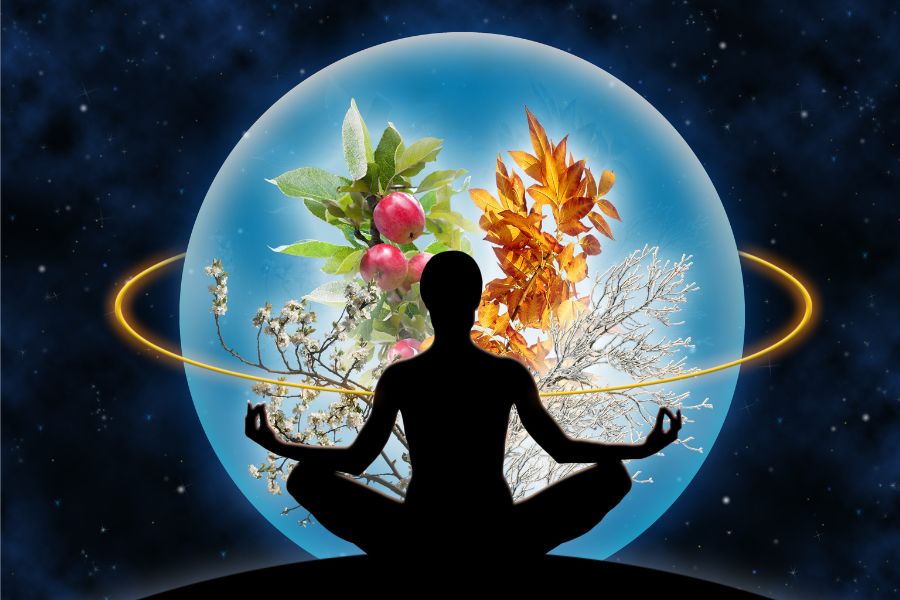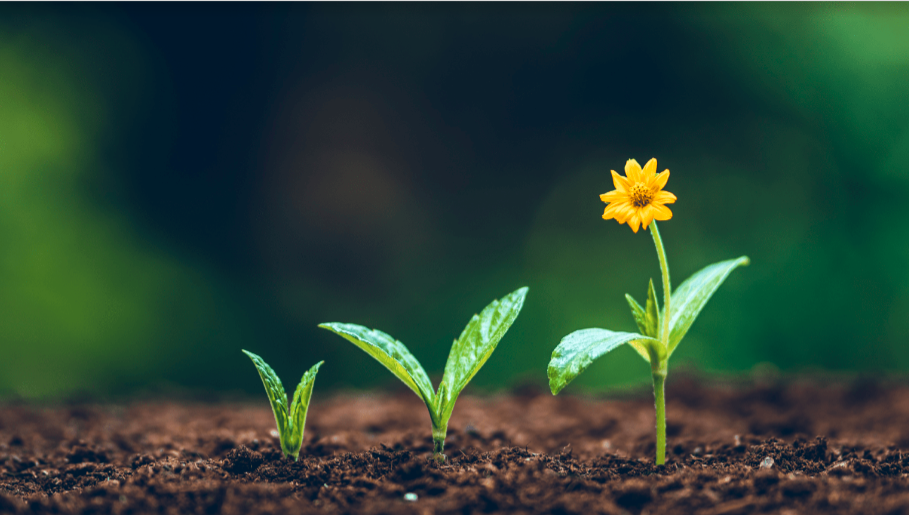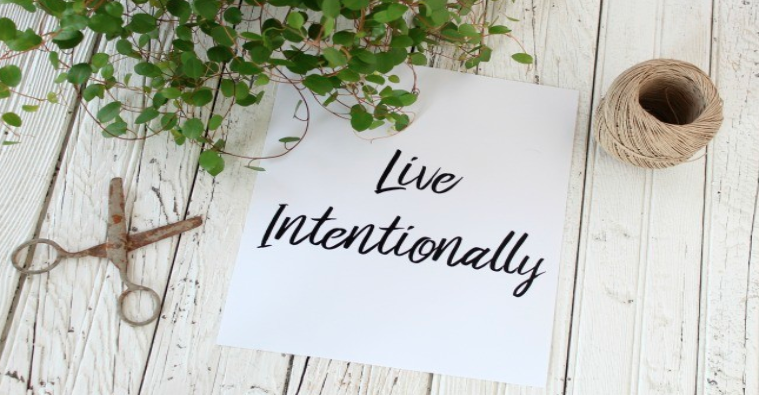Mindfulness, a term we use today for awareness, has its roots in Buddhism 2,500 years ago. Specifically, it is a translation of the Pali word “sati,” which means “awareness” or “moment-to-moment awareness of present events.” Buddhism was founded around the fifth century BCE by Siddhārtha Gautama, commonly known as the Buddha. In Buddhist practice, mindfulness involves being fully present, observing thoughts and sensations without judgment, and cultivating awareness of one’s inner experience.
In the East, mindfulness has always been a sacred practice, deeply embedded in daily life. It is not a standalone practice but part of Buddhism’s Noble Eightfold Path. This path was taught by Buddha to his disciples and includes elements like right view, right livelihood, right speech, right actions, right intent, and right mindfulness.
Buddha didn’t leave any written records himself. Instead, his teachings were passed down by monks who added their interpretations over time. Buddha emphasized mindfulness as one of the eight elements that maintain awareness and accept reality as it is. It wasn’t about achieving specific outcomes like improving productivity or focus but about integrating awareness into every aspect of life.
Mindfulness moved from the East (primarily Buddhist and Hindu traditions) to the West over time. In the West, its popularity can be traced to particular individuals and secular institutions. Many modern Western practitioners and teachers learned about mindfulness through Buddhist and Hindu traditions.
In contrast, the West has often viewed mindfulness as an isolated practice aimed at specific benefits. However, mindfulness is much more than that. It’s a way of life, a holistic approach to living. For example, programs like Mindfulness-Based Stress Reduction (MBSR), developed by Jon Kabat-Zinn in the 1980s, focus on reducing stress and improving mental health. While effective, this approach often treats mindfulness as a tool for quick gains rather than a way of living.
Eastern mindfulness techniques have been practiced for centuries and offer valuable tools for self-awareness, inner peace, and personal growth. Here are some simple practices you can explore:
- Breath Awareness (Pranayama):
-
-
- Description: Pranayama is a foundational practice in yoga and Eastern traditions.
- Technique: Sit comfortably, close your eyes, and focus on your breath. Observe each inhalation and exhalation. Gradually extend the duration of your breath cycles.
- Link: Learn more about Pranayama
-
- Walking Meditation:
-
-
- Walking meditation has roots in Buddhist and Taoist traditions.
- In Buddhism, it’s known as “kinhin” and is practiced during formal meditation retreats.
- Taoist teachings emphasize harmony with nature, and walking mindfully connects practitioners to their surroundings.
- While not exclusively Eastern, walking meditation has been widely adopted in mindfulness circles.
-
- Loving-Kindness (Metta) Meditation:
-
- Metta meditation is indeed rooted in Buddhism, particularly in Theravada Buddhism.
- The Pali Canon, a collection of Buddhist scriptures, contains metta sutras.
- However, compassion and goodwill exist in various spiritual traditions worldwide.
- Metta practice transcends cultural boundaries, emphasizing kindness toward oneself and others.
- Tai Chi: Tai Chi is a gentle exercise that combines slow, flowing movements with deep breathing. It can help to improve balance, coordination, and focus.
Imagine this: you wake up feeling energized and focused, ready to tackle the day. You navigate work deadlines and tricky conversations with a sense of inner peace. Even seemingly mundane tasks—making coffee and commuting to work—hold a quiet joy. This, my friends, is the power of consistent mindfulness.
Think of it like this: most of us wouldn’t wait until we’re overweight to start exercising or wait until we get sick to prioritize healthy eating. We understand the importance of building a solid foundation for our physical health. Yet, we often fall into a reactive cycle when it comes to our mental and emotional well-being. We cram mindfulness practices – meditation, deep breathing – only when stress or overwhelm threaten to drown us. But what if we flipped the script? What if mindfulness became a daily ritual woven into the fabric of our lives, just like brushing our teeth? That’s the key to unlocking the true potential of mindfulness – not just weathering storms but cultivating a life of inner calm and clarity.
At Antaha, we advocate for incorporating ancient mindfulness practices into everyday life. Mindfulness should be a part of living rather than just a technique for achieving short-term goals. Doing so can nurture our entire being instead of focusing on isolated improvements. We follow these ancient and unique practices and
Embrace mindfulness with us as a holistic way of life that benefits all aspects of our existence. Join our community and experience the transformative power of mindfulness in your life.

